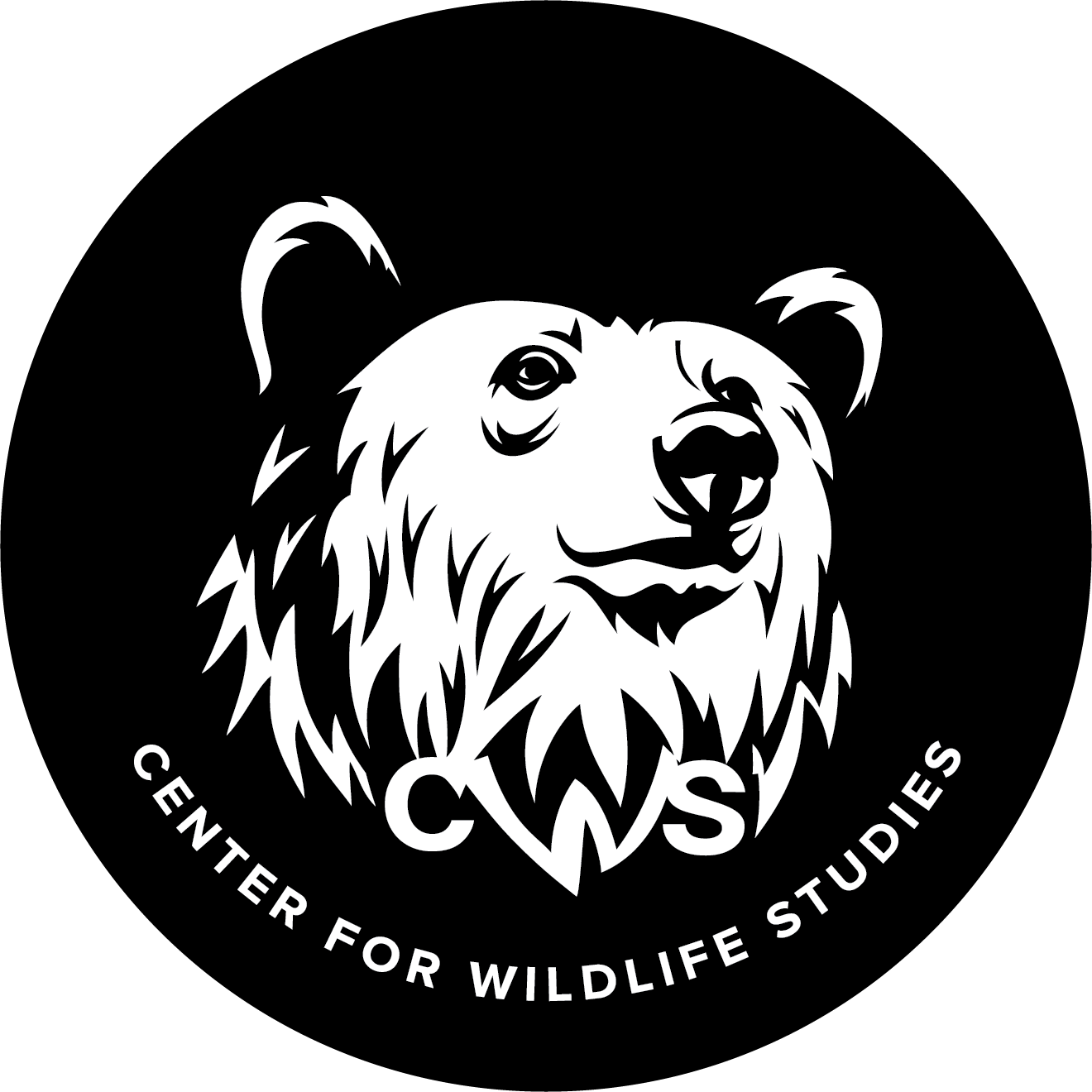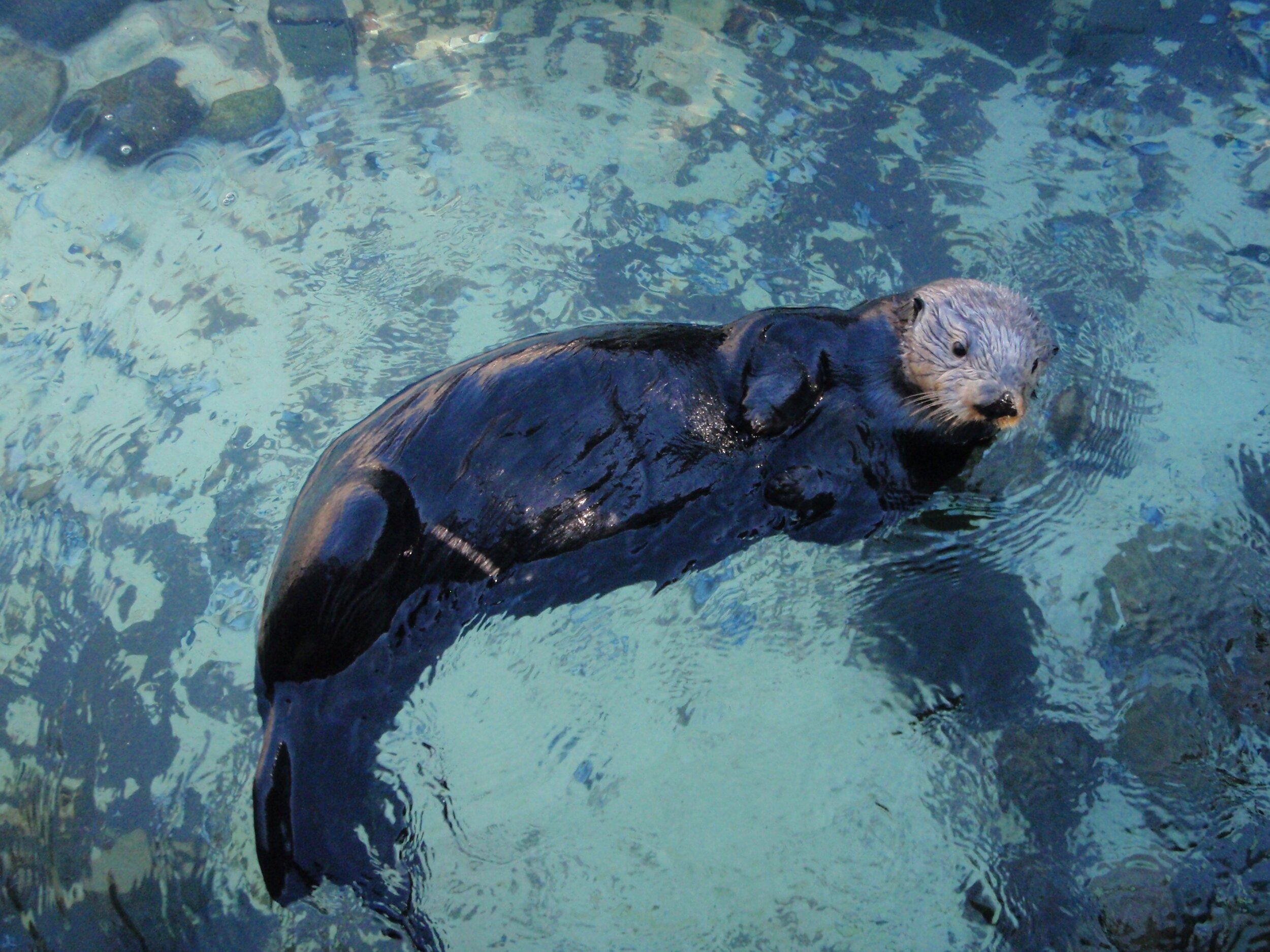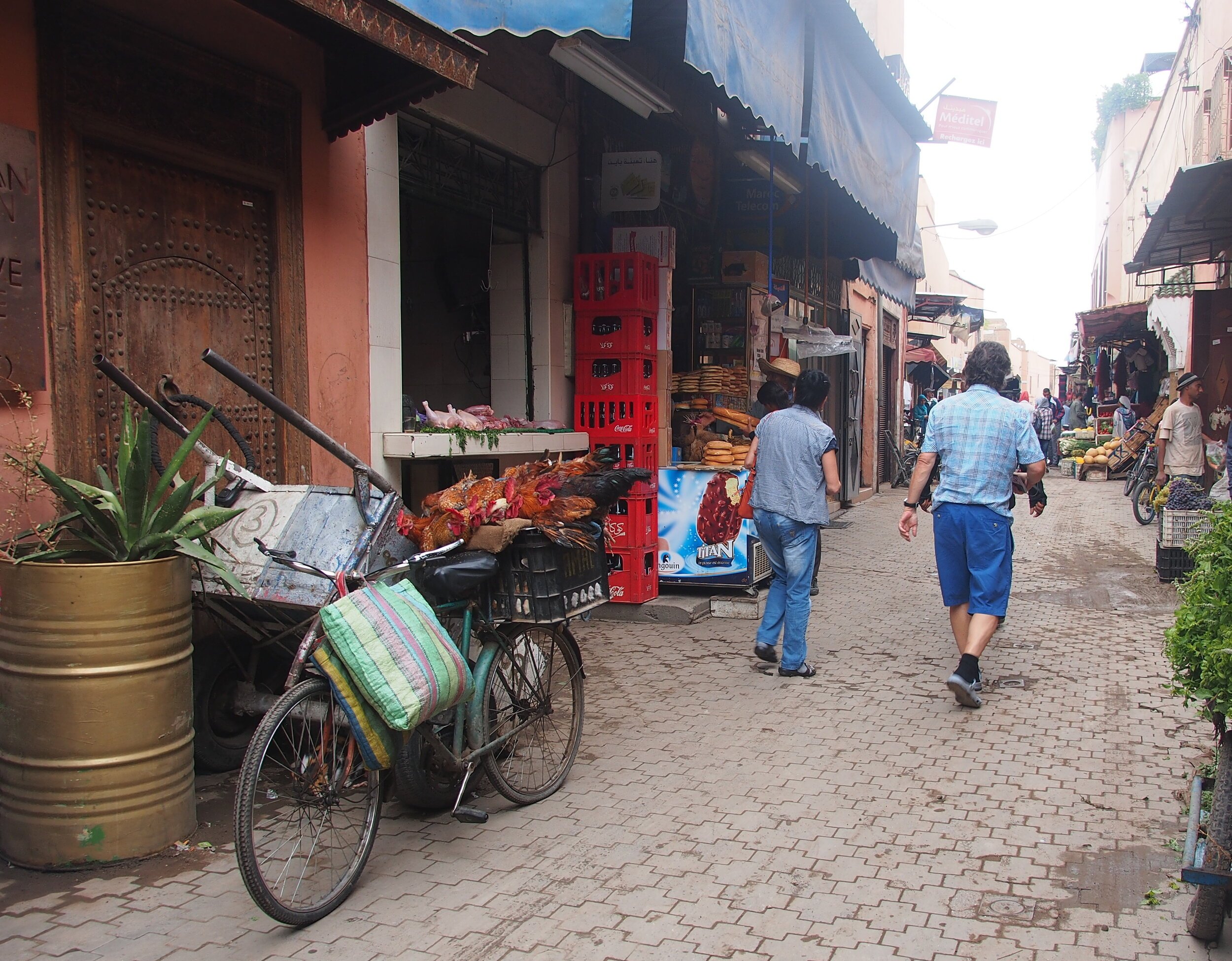Forensic Application of Stable Isotopes to Distinguish between Wild and Captive Turtles
In a world that is rapidly changing, it is more important than ever to develop the appropriate field methods and statistical tools to measure the impact people have on wildlife. Recently, CWS faculty, Drs. Jack Hopkins and Cheryl Frederick, used stable isotopes from captive mice to develop a statistical model that can be used to estimate the anthropogenic diets of free-ranging mammalian omnivores around the world.
To demonstrate its use, they measured the corn-based diets of black bears from Wisconsin and brown bears in Slovenia and found that corn bait may have been a more important component of bear diets in Wisconsin than previously thought and male brown bears may have fed on 50% more supplemental corn in autumn during a year when natural food availability was in short supply.
New Publication: Measuring the Impact of Corn on Mammalian Omnivores
In a world that is rapidly changing, it is more important than ever to develop the appropriate field methods and statistical tools to measure the impact people have on wildlife. Recently, CWS faculty, Drs. Jack Hopkins and Cheryl Frederick, used stable isotopes from captive mice to develop a statistical model that can be used to estimate the anthropogenic diets of free-ranging mammalian omnivores around the world.
To demonstrate its use, they measured the corn-based diets of black bears from Wisconsin and brown bears in Slovenia and found that corn bait may have been a more important component of bear diets in Wisconsin than previously thought and male brown bears may have fed on 50% more supplemental corn in autumn during a year when natural food availability was in short supply.
CSI Sea Otter: The dead DO tell tales
CWS wildlife veterinarian Tristan Burgess, joins a team lead by the California Department of Fish and Wildlife, in compiling one of the most extensive and thorough studies consisting of one specific wildlife population. Over a period of 15 years, 560 deceased southern sea otters were examined to understand their causes of mortality.
Closely monitoring and interpreting sea otter health and causes of mortality can help government agencies and communities pursue better conservation efforts and policies to improve human health and restore the sea otter population.
Making Massachusetts Home to Loons, Once Again
Due to harmful human activities including the 2003 Bouchard oil spill in Buzzards Bay, the Common Loon population in Massachusetts has dropped significantly. Together, Biodiversity Research Institute biologists and CWS wildlife veterinarian Tristan Burgess, are working towards rebuilding the population by translocating loon chicks to lakes in Massachusetts.
Sniffing out conservation success stories
The CWS Wood Turtle Project partnered with Lindsay Ware of Science Dogs of New England to explore whether a scent detection dog can be trained to successfully track and locate a highly cryptic and difficult to find species such as the wood turtle.
STOP Spillover
USAID announced today, the award of a $100 million 5-year project named STOP Spillover. CWS is a small part of a large consortium of institutions selected by USAID to implement this project.. STOP Spillover aims to anticipate and address threats posed by the emerging zoonotic diseases that pose the greatest risk of jumping from animals to humans.
The Big Night – Maine Amphibian Migration Monitoring
The Big Night – Maine Amphibian Migration Monitoring community science project encourages people throughout Maine to enter the field on these big nights to record data on migration location, species identified, and mortality levels.
Sea otters, possums and brain parasites
Read about how this 15-year observational study of live sea otters from Southern California to Alaska has changed our understanding of disease transmission, the interconnectedness of marine and terrestrial environments and the effects of introduced species on wildlife health.
Hawaiian Monk Seal Health
CWS Wildlife Veterinarian Tristan Burgess travelled to Hawaii this week to discuss one of more complex and thorny issues in wildlife conservation. What to do when a beloved pet and an endangered, highly charismatic marine mammal come into conflict. Over a parasite from poop.











